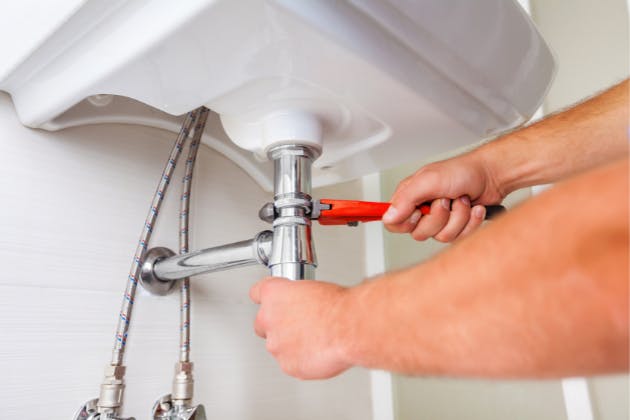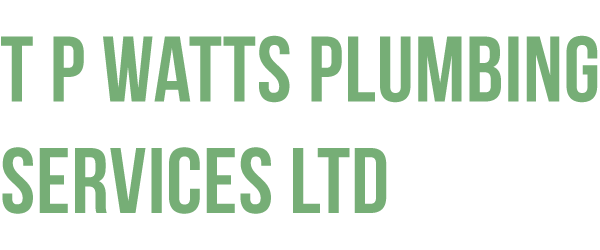Plumbing issues are often hidden until they cause serious damage. That’s why full-home plumbing inspections are essential, especially in older properties or homes with recent renovations. Knowing what to expect during an inspection helps you stay informed, proactive, and ahead of costly repairs.

What a Full-Home Plumbing Inspection Involves
Getting Ready for the Inspection
Before your plumber arrives, prepare your home to ensure the inspection goes smoothly:
- Have any past renovation plans or previous inspection reports ready
- Clear access to sinks, toilets, water heaters, and under-sink areas
- Move furniture or stored items blocking pipework or drainage access
A tidy, accessible environment allows for a more accurate and thorough assessment.
Rooms and Fixtures Covered During the Inspection
Bathroom Checks
Every bathroom fixture is closely inspected for performance and safety:
- Sinks: Taps are tested, shutoff valves checked, and waste pipes inspected for leaks or corrosion
- Showers and Baths: Water pressure and temperature are verified; drains are checked for speed and blockages
- Toilets: The tank and base are examined for leaks, and all fittings are tested for proper operation
- Bidets (if present): Water connections and valves are inspected for wear or leaks
Kitchen Plumbing
Kitchens see daily heavy use, so the inspection focuses on key components:
- Faucets and sinks: Tested for flow, leaks, and seal condition
- Waste piping: Inspected for damage or corrosion
- Dishwasher and ice maker: Supply lines and filters checked for blockages or wear
- Water alarms: If installed, these are tested for functionality
Whole-Home System Review
A general inspection covers the entire plumbing network:
- Walls and ceilings: Checked for hidden leaks, stains, or signs of mould
- Water pressure: Tested to ensure it's within optimal range
- Pipework: Joints and fittings are examined for brittleness or cracks
- Valves and insulation: Temperature and isolation valves are tested; insulation is inspected for gaps or damage
Outdoor Plumbing and Additions
Important external components are also included:
- Outdoor taps and spigots: Inspected for drips or loose fittings
- Gutters and drainage lines: Checked for blockages or improper flow
- Piping penetrations: Where pipes pass through walls, floors, or ceilings are checked for watertight seals
- Water heaters and basements: Reviewed for corrosion, leaks, and signs of damp or mould
What Plumbers Are Looking For
A professional plumbing inspector evaluates:
- Correct installation: Ensuring compliance with UK plumbing codes
- Fixture functionality: Confirming everything operates as it should
- Water quality and contamination risks
- Pipe materials: Assessing for ageing or unsuitable piping
- Ventilation: Proper venting is essential for drainage and health
Common Problems Found
Many inspections reveal recurring issues:
- Hidden leaks causing damp, rot, or structural damage
- Slow or clogged drains from built-up debris
- Poorly installed fixtures that compromise long-term performance
- Low water pressure, often linked to corroded pipes or supply issues
Why Regular Plumbing Inspections Matter
- Prevent costly emergencies by catching small issues early
- Save money through routine maintenance over reactive repairs
- Protect your health by detecting contamination risks
- Improve water efficiency and lower utility bills
- Gain peace of mind knowing your plumbing is safe and sound
Need a plumbing inspection in Southampton?
T P Watts Plumbing Services provides thorough, professional plumbing inspections to keep your home safe, efficient, and leak-free. Call us on 02380 601566 or 07732 785867 or fill out our contact form to book your inspection today.



